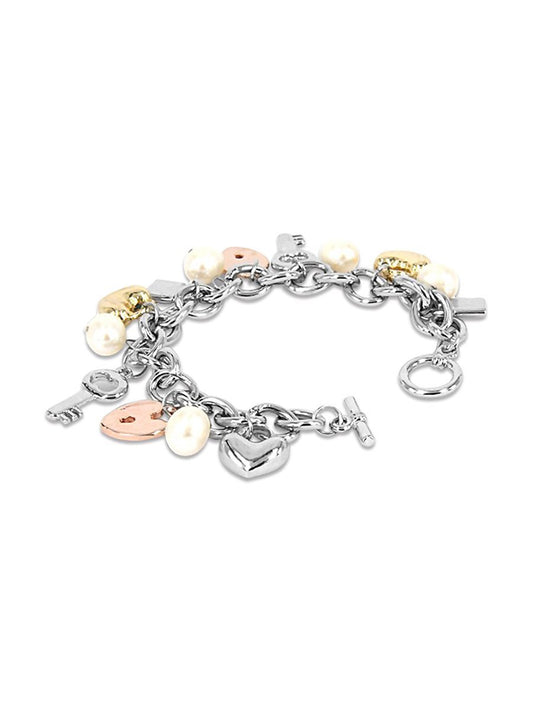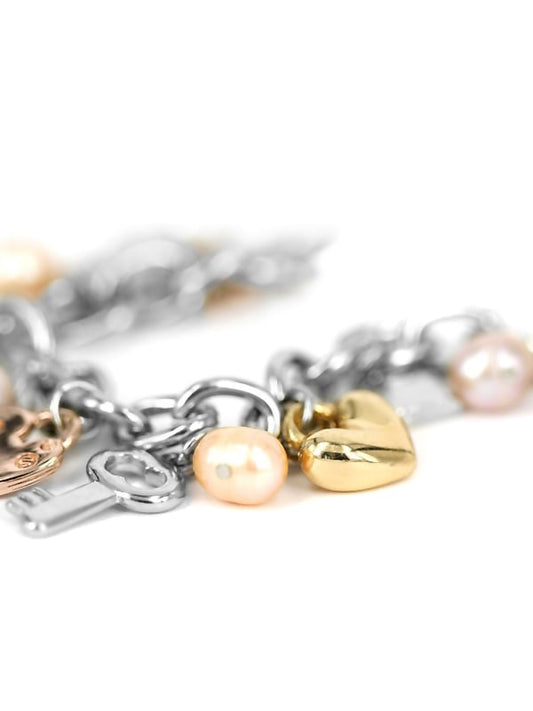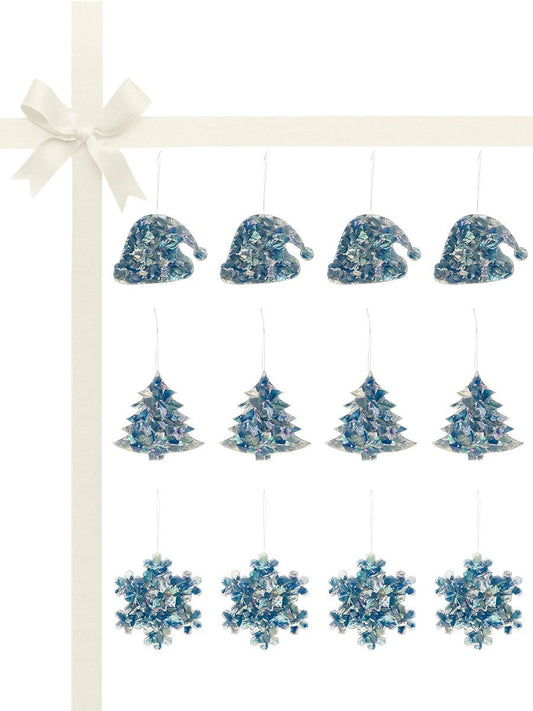You may already know that pearls come in a variety of colors, but did you know that pearls also come in a variety of shapes and sizes? Since the traditional round pearls are the most popular, they are often the most expensive. However, if you know the major differences in the pearls you buy, then you know that most pearls are cultured in an assortment of different shapes and are surprisingly affordable. Due to the variety of pearl shapes available, you are able to purchase any kind of pearl that you like. If you want to add variety to your look, then check out the different pearl shapes listed below and see which one best fits your personal style!
Round Pearls- Pearls are rarely a perfect sphere, which is why they usually fetch a high price. The reason why round pearls are so rare is because the longer the pearl remains within the oyster or mussel, the more chance there is of it developing an irregular shape. Very large, round pearls are actually highly uncommon and highly sought after like the pearls in the Maria Theresa Reef Collection and Vanuatu Collection. Salt water round pearl are typically very expensive, with the most expensive pearl species being South Sea and Tahitian pearls.
Off-round pearls- These are more common pearls. The term off-round is used to describe pearls which are 'roundish' to the eye but have a slightly oval or flattened shape. While they may not be perfectly round, they can still have excellent qualities in terms of luster or lack of blemish. Off-round pearls are extremely popular and very affordable! Check out the Tara Collection and Wanderlust Collection.
Oval Pearls- Sometimes known as rice pearls or pear pearls, oval pearls can form when two pearls in the same mollusk join together. In fact, oval pearls can create a beautiful look, as seen in the Sulu Sea Collection.
Baroque Pearls- The term Baroque refers to pearls that are irregular in shape. Most natural, wild pearls are off-round or baroque. The Polynesia Collection features exquisite baroque pearls in a variety of colors. Giant baroque freshwater pearls are highly valued as they are very rare and feature extraordinarily large pearls ranging from 20mm to over 30mm!
Button Pearls- While many people think oysters and mussels can only produce one pearl, some mollusks can actually create over a dozen pearls! Some of these pearls are called button pearls because of their shape - round on one side and flat on the other. These button pearls are not the mother-of-pearl buttons that used to have a thriving industry in America. Button pearls are beautiful in their own way, and their shape does not affect the fact that they can have a very beautiful luster and excellent surface quality.
Biwa Pearls - Biwa Pearls refer to Lake Biwa, which was the source of the Japanese freshwater pearl industry. While pearl production had to cease in this region in the 1980s due to industrial pollution, pearls that are elongated and have a stick shape are still referred to as Biwa pearls. However, it is technically incorrect to call pearls ‘Biwa’ pearls unless they actually come from Lake Biwa.









